What do you think?
Rate this book


336 pages, Hardcover
Published August 12, 2025
While many short lengths of rope helped countless individuals through the centuries, rope also was a tool of human innovation writ large through collective action. Just as many small strands come together to form a rope, so, too, did many people gather to perform the biggest of tasks. The exemplar of this from the ancient world is the Egyptian pyramids. While we don’t know exactly how these human-built mountains were assembled, we can be sure that rope was an essential tool in their construction. In this way rope stands as both a tool and a symbol of humans working together to achieve the greatest things.--------------------------------------
The concept of rope remains timeless; what changed over millennia was the application of the human mind toward making ever better rope and in devising ways to use it.Neanderthals used rope 50,000 years ago. Did Homo Erectus, Habilis, Australopithecus, or any of the sundry other homo genus cousins get there first? Dunno. Maybe, but no thread of evidence for any rope-making before Neanderthal has been found. Still, it was a helluva long time ago, and ropy material tends not to survive forever, unlike stone tools, so…maybe. Makes rope rank with fire and stone tools, (although, rope was a form of tool-making, it probably came after stone tools) as basic elements of civilization. (Oh, and let’s not forget Duct Tape)



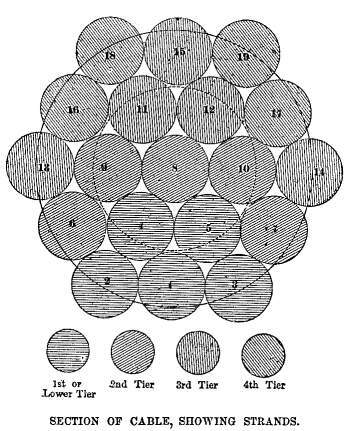
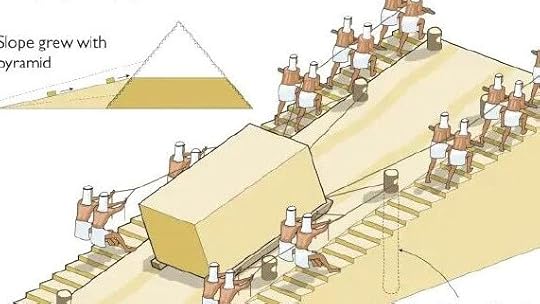

In addition to writing books, I was the longtime editor of and columnist for Ocean Navigator, a magazine for serious offshore sailors. At ON I also taught celestial, coastal and radar navigation as an instructor for the Ocean Navigator School of Seamanship, both in hotel meeting rooms ashore and on tall ships at sea. I love to sail, hike, get lost in museums and spend timeless hours drawing and painting. I’m a dad to three sons and a rescue dog. Am a NE Patriots and Arsenal fan and tend to reference a Stanley Kubrick film every two minutes or so. I’m also that annoying night sky watcher who is always pointing out the constellation Cassiopeia — because its forms a big W, which reminds me of my wonderful wife, Wendy.Interviews
I live in Maine and can hear the fog horns of three lighthouses when the fog rolls in.

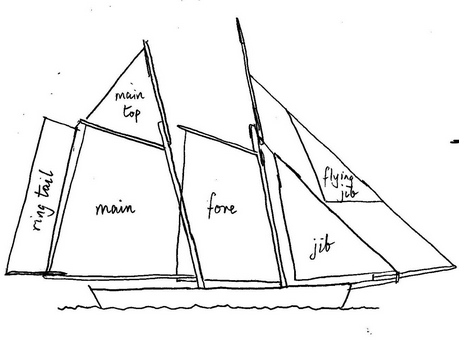
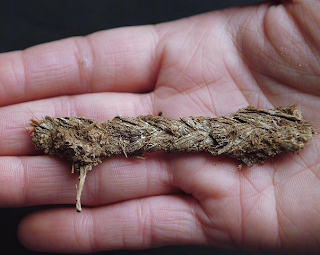

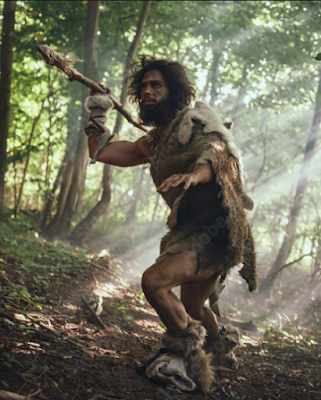
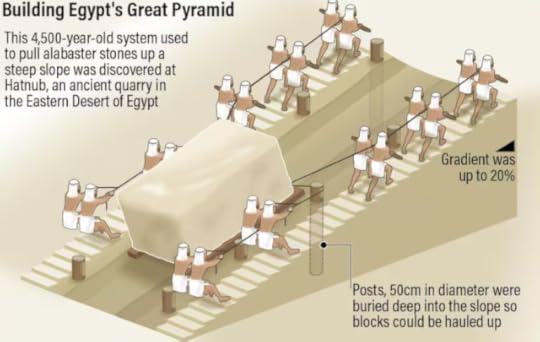
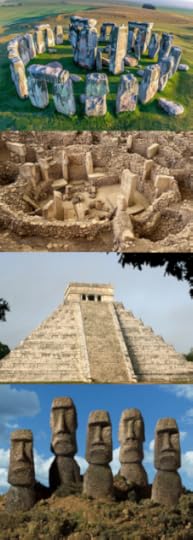
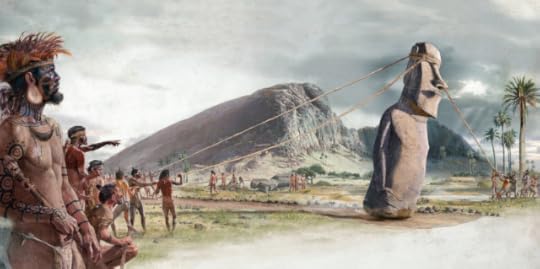
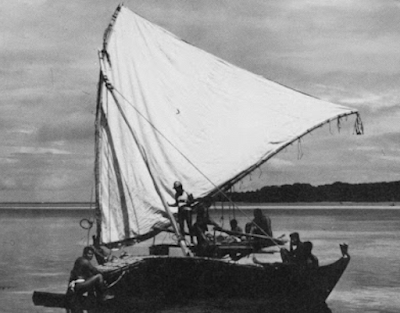
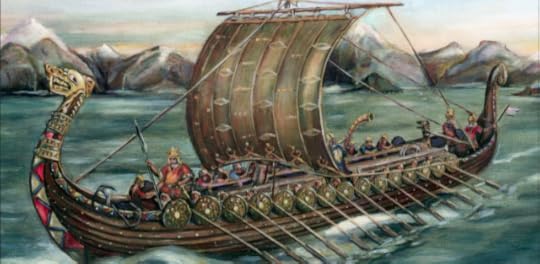
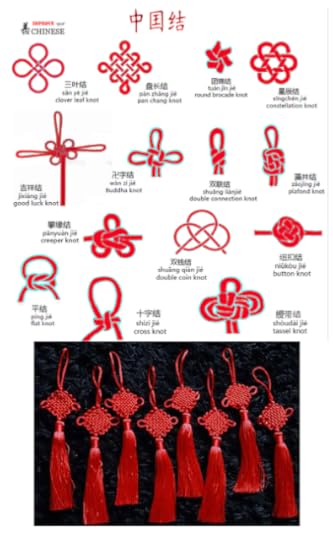
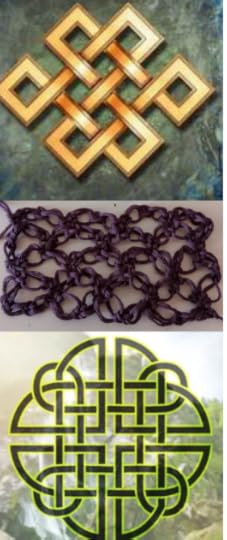
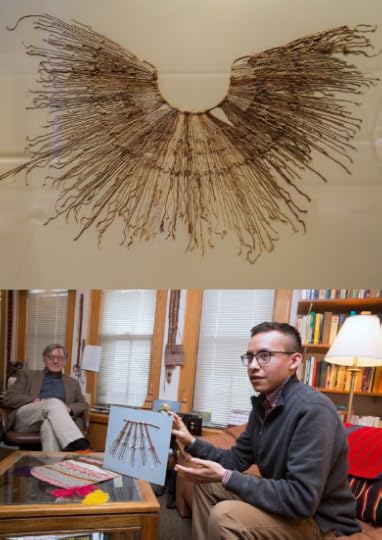
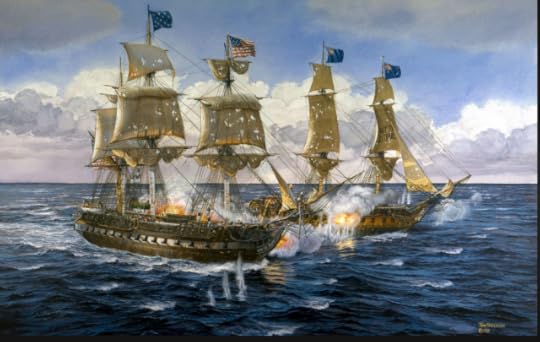
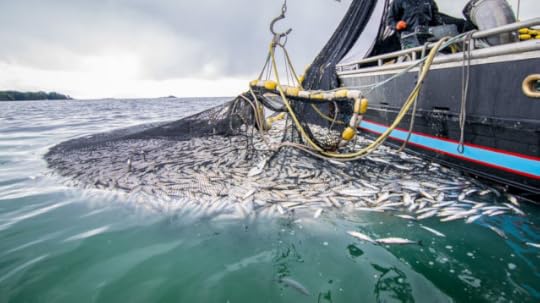
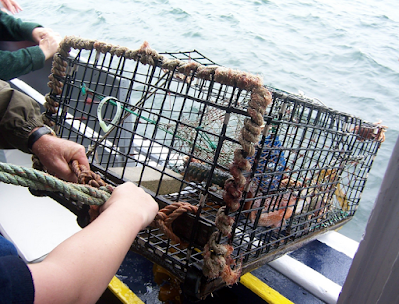
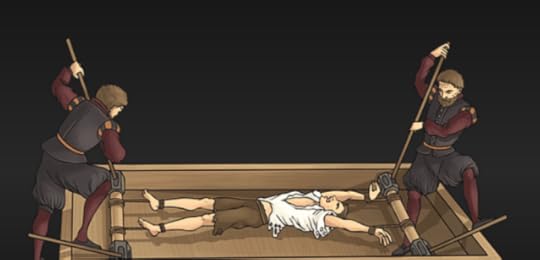



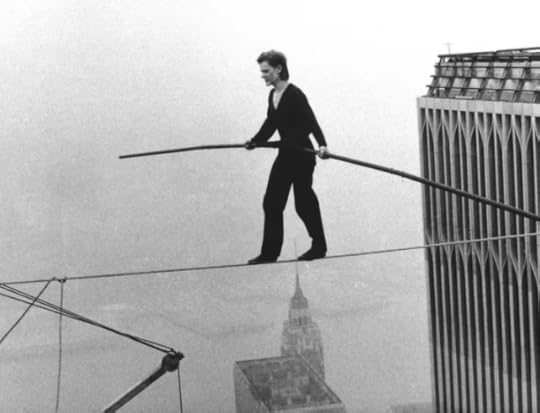
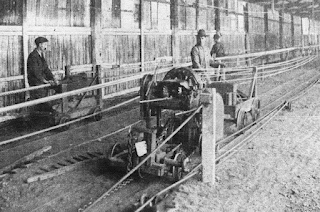
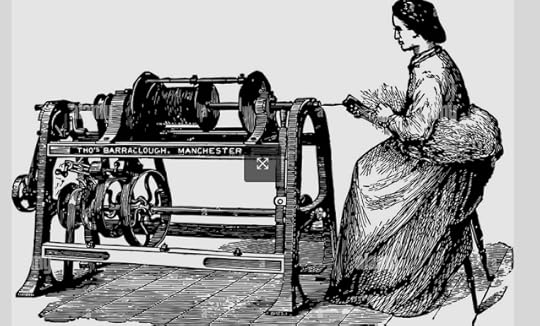

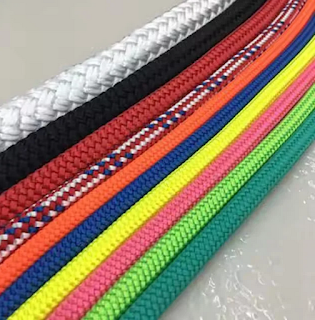
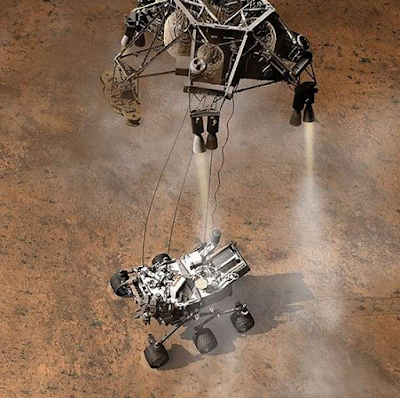
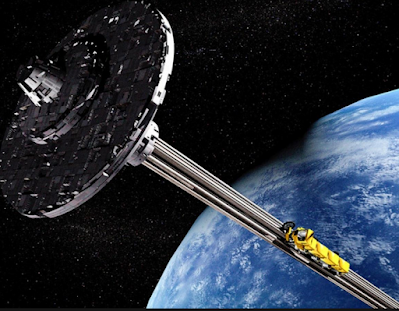
While many short lengths of rope helped countless individuals through the centuries, rope also was a tool of human innovation writ large through collective action. Just as many small strands come together to form a rope, so, too, did many people gather to perform the biggest of tasks. The exemplar of this from the ancient world is the Egyptian pyramids. While we don’t know exactly how these human-built mountains were assembled, we can be sure that rope was an essential tool in their construction. In this way rope stands as both a tool and a symbol of humans working together to achieve the greatest things.
Its cultural significance is revealed by a parade of expressions: “roped me in,”“rope it off,”“tied in knots,”“rope-a-dope,”“roped and branded,”“give him/ her enough rope,”“at the end of my rope,”“throw me a rope,”“give me some slack,”“on the ropes ,”“go piss up a rope,”“learn the ropes,”“a rope of sand.” This incomplete list of everyday sayings just shows how deeply into our consciousness rope has entwined itself.